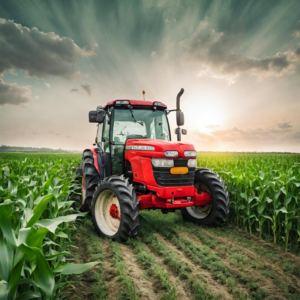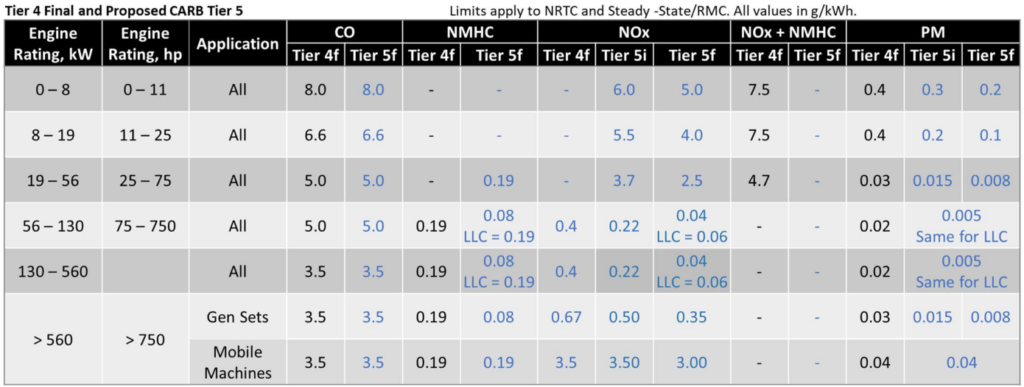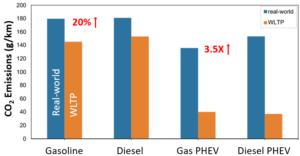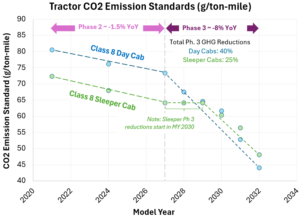Regulations
Summary of Oct 2023 CARB workshop for Tier 5 non-road standards
In a workshop held on Oct 30th – 31st, 2023, California’s Air Resourced Board (CARB) discussed proposed changes to the tailpipe emission standards for non-road machinery (construction, agricultural, gen-sets, etc.). Here is a summary of some of the key elements of the proposed changes.
Note: This was a workshop to discuss changes and get stakeholder feedback, so this is not a final proposal and expect more changes to come.

Image generated using AI (Canva)
Standards (latest workshop, not final proposal)
Table shows the proposed limits along with a comparison with the existing Tier 4 final standards for the various engine ratings and applications. Tier 5i refer to interim standards while 5f refer to the final standards. Also included are limits on the low-load cycle (denoted by LLC).

Criteria Pollutants
- NOx limit to be reduced by 90% for 56 – 560 kW engines. For gensets > 560 kW the proposed reduction is a
modest 30%. NOx limit is introduced for 19 – 56 kW engines.- Included are provisions for a 20 mg/kWh compliance margin and an in-use conformity factor.
- Hydrocarbon limit reduced by ~ 60% for all engines > 56 kW.
- PM limit reduced by 75% for 56 – 560 kW engines and for gensets > 560 kW.
- This is a particulate filter (DPF) enforcing rule
- A new low load certification cycle is introduced, and engines have to meet HC, NOx, and PM limits on this cycle. Compared to NRTC, NOx limits are 50% higher, whereas the same PM limits apply for LLC as for the NRTC.
- A California state-specific averaging, banking and trading (ABT) credit bank will be created starting 2026 for early Tier 5 compliant engines. Credit multipliers are included for early compliance with NOx, up to 1.75x for 3 years early compliance. There are no multipliers for CO2 or PM.
- Replacement / re-built engines will have to meet the tightest emission standards, there are new reporting requirements.
- An off-road Diesel Aftertreatment Accelerated Aging Cycle (DAAAC) can be used for engine certification.
Greenhouse Gases
- CO2 emissions to be reduced by 6% for 56 – 560 kW engines. For the rest, caps will be based on 80th percentile of data for current engines.
- N2O and CH4 caps of 0.15 and 0.13 g/kW-hr, respectively. CO2 credits may be used to offset N2O and CH4 emissions (but not vice versa).
Implications
- The key emphasis of this rule is on lowering NOx emissions. Meeting the new limits is expected to require use of new low NOx technologies developed for upcoming MY2027 low NOx standards for on-road engines. There will some differences due to unique requirements of non-road engines (e.g. lack of space for added components) which will promote more innovation in this space.
- The tighter PM rule is intended to enfore DPFs on all engines (some Tier 4final engines could get away without the use of filters).
- This is the first time in the world that non-road engines will have to meet CO2 standards. The proposed reductions are mild and unlikely to require adoption of breakthrough technologies but might establish a path for future reductions.
- California will look to the U.S. EPA for following suit with federal standards to address cross-border equipment and emissions.
Sign up here to receive such summaries and a monthly newsletter highlighting the latest developments in transport decarbonization
5-Min Monthly
Sign-up to receive newsletter via email
Thank you!
You have successfully joined our subscriber list.
Recent Posts

SAE WCX 2024 – Year in Review
The SAE World Congress was held in Detroit and covered a broad range of topics pertinent to transport decarbonization. Here’s a link to download presentations on emissions and sustainability.

Real-world CO2 emissions from cars and vans in Europe are 20% higher than certification values
EU Commission finds real-world CO2 emissions from cars and vans in Europe greatly exceed lab certification values. Plug-in hybrids are not being charged as much as estimated.

US EPA MY 2027-2032 Heavy-Duty Phase 3 GHG Standards
The U.S. EPA has finalized the Phase 3 GHG rule specifying CO2 emission reductions from heavy-duty trucks and buses over MY 2027 – 2032.
